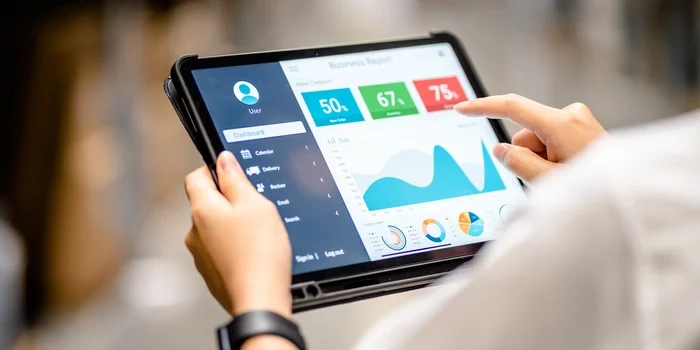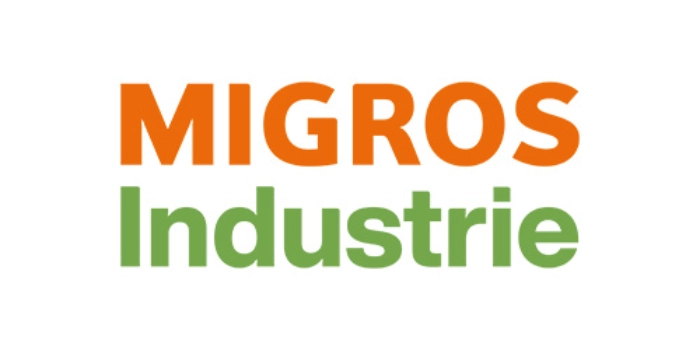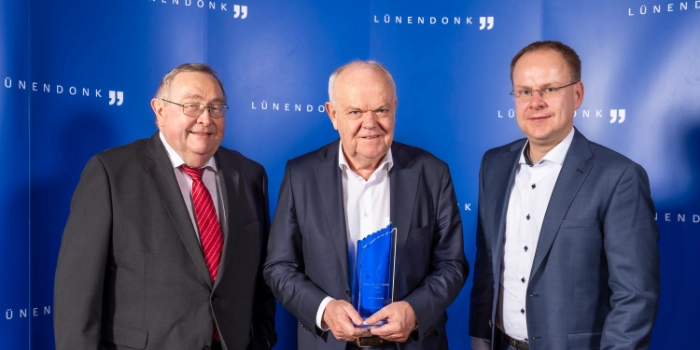
In step with our customers
Comprehensive management of the customer experience using smart technology
Von Maria Seidel, Manager und Charlotta Frede, Consultant bei der msg industry advisors ag
Fulfilling customer wishes before they are even expressed or developing a product directly with customers – sounds impossible? Not necessarily. Experience management (XM) opens up these perspectives for companies in the chemical industry. Best-practice examples from the industry show how an XM platform can manage stakeholder needs and generate added value through valuable insights.
The more the chemical industry scales up its digital transformation, the more it will need to invest in an XM. The success of every project that has a point of contact with customers depends on several XM aspects: to what extent does it meet the customer's needs? Are these being predicted correctly? How quickly is feedback implemented for optimization?
On the way there, companies should first differentiate and cluster the existing IT systems according to two objectives: On the one hand into operational systems that have to deliver "o-data". These applications initiate business processes, reflect actual events and provide a data-based picture of what is happening in the company on a daily basis. One example is commerce solutions such as commerce clouds, which provide all figures on sales, goods, and responsibilities as an integral part of digital sales.
On the other hand, customer needs must be recorded, managed and kept in the spotlight. In order to record corresponding "x-data" (eXperience data), it is necessary to create a dataset with studies and customer interviews. That's because, unlike o-data, x-data provides information about the "why" in interactions with customers, such as feedback from B2B and B2C customers at various touchpoints throughout the company.
Integrating the experiences and expectations of multiple stakeholders
But how can these B2B and B2C customer expectations, which are very different on a global level, now be captured in such a way that they interact with operational data and close the gap that exists between them and the big picture? The solution is a proprietary XM system, a system of action. In the first step, this collects customer feedback via all channels of all formats (multichannel distribution), and in the second step, can carry out follow-up actions such as ticket generation, emails or entire workflows on the basis of customer-specific or clustered topic feedback.
WThe XM platform Qualtrics exemplifies how this works. A special advantage of the platform is that it intercepts all experiences in the four categories of customer, employee, brand and product. The surveys are only the tool for data collection. At the heart of this are the analytics, dashboard, forecast and workflow capabilities that close the feedback/experience loop. Follow-up actions can be initiated either directly in Qualtrics, via an integrated interface in operational systems such as a marketing cloud or a commerce store, or can be connected to all other systems in a meaningful way via an open API.
Learn from best-practice cases
The following examples illustrate how companies in the chemical industry were able to improve their customer experience using XM systems:
24/7 feedback
If you want to engage with your different customers at different touchpoints and receive differentiated feedback, a digital open door is essential. For example, a chemical company placed a feedback button on each of its product information websites. The feedback received in this way prompted a change in the website target structure, leading directly to the safety data sheets.
User-behavior-driven targeting
Differentiation through hyper-personalization is an important distinguishing feature. In this case, a chemical company realized that many customers abandoned or did not complete the purchase process in the online web store at a certain point. To find out why, the group inserted a behavior-based feedback prompt based on Qualtrics according to previously defined surfing behavior. It was found that customers would like to have an approximate delivery time displayed in advance to improve delivery planning. In other words, a concise, behavior-based survey was able to identify the problem so that appropriate changes could be made.
Efficient product customization
Nowadays, insights have a short lifespan and experience constant change due to trend influences. Therefore, an IT/XM system should be able to react flexibly and with a data-based approach to the current market dynamics. In this example, the frequency of visits to a newly launched web store of a chemical company left much to be desired, with orders being dropped or being placed by telephone directly with the product contact persons. As a measure, the company set up a digital CX program that already referred to the web store (commerce cloud) on target websites and solicited feedback. This made it possible to identify the five most important customer requirements for a self-service commerce solution. Ultimately, the usage rate of the product web store increased significantly.
Whether in these or other cases: XM is a discipline in which companies go through a continuous improvement process and incorporate their findings into a corporate strategy context. This is an opportunity to quickly achieve the best possible "fit" between customer needs and corporate strategy. But getting the information about how customers think and feel about "moments that matter" is only the first step. The supreme discipline is to combine this knowledge with the actual conditions in day-to-day business, e.g. sales figures or other pain points, and to make it available in the right form at the right time.
Information about the authors
Maria Seidel takes experience management to a new level. With her expertise in designing end-to-end experience management, she supports companies in their digital transformation. Charlotta Frede is an expert in the design and implementation of experience management in all four experience areas. If you would like to learn more about this topic, you can contact the authors via maria.seidel@msg-advisors.com and charlotta.frede@msg-advisors.com.

Grafik: Integrierte Experience Management Landschaft











